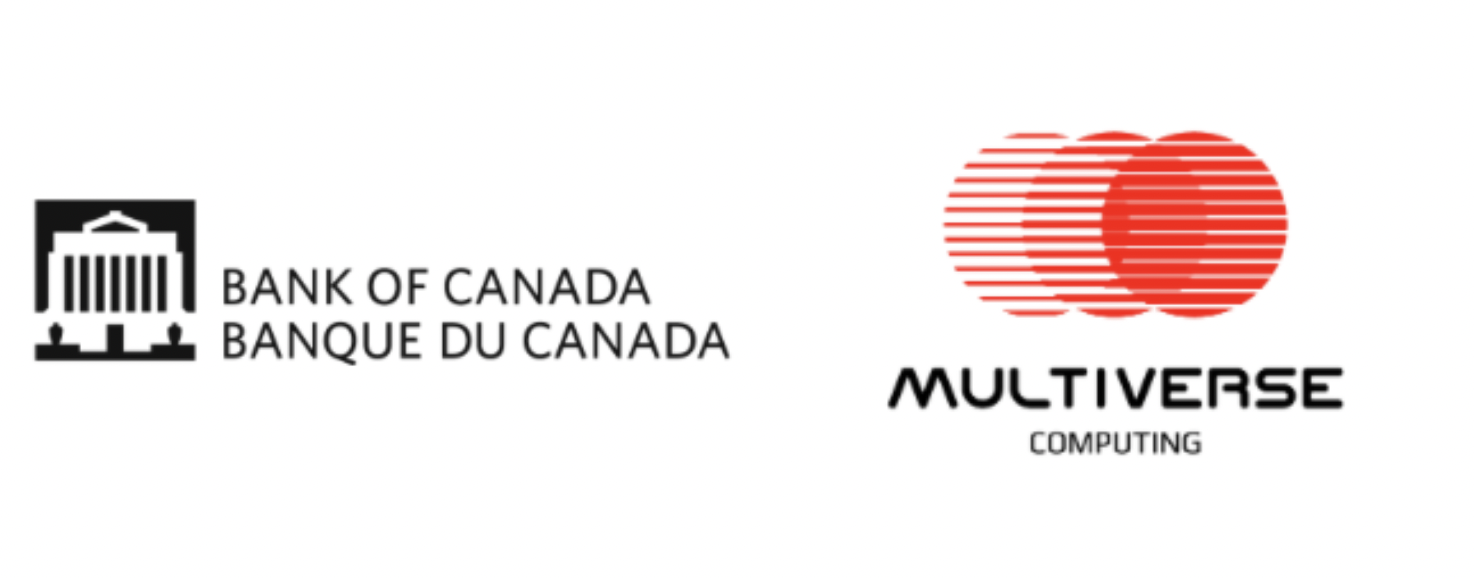Multiverse Computing and Bank of Canada have completed a preliminary quantum simulation of cryptocurrency market.
Toronto, Canada – Multiverse Computing, a global leader in quantum computing solutions for the financial industry and beyond with offices in Toronto and Spain, announced on April 14th, it has completed a proof-of-concept project with the Bank of Canada through which the parties used quantum computing to simulate the adoption of cryptocurrency as a method of payment by non-financial firms.
“We are proud to be a trusted partner of the first G7 central bank to explore modelling of complex networks and cryptocurrencies through the use of quantum computing,” said Sam Mugel, CTO at Multiverse Computing. “The results of the simulation are very intriguing and insightful as stakeholders consider further research in the domain. Thanks to the algorithm we developed together with our partners at the Bank of Canada, we have been able to model a complex system reliably and accurately given the current state of quantum computing capabilities.”
Companies can use a variety of payment methods. As a result, it’s critical to gain a thorough grasp of the many interactions that can occur in payment networks.
Multiverse Computing collaborated with the Bank of Canada on a research initiative to apply quantum computing to the modeling of complicated economic connections. The study looked into quantum computing as a tool to simulate complex economic behavior that is difficult to simulate using regular computer methods.
The simulation was able to handle financial networks as large as 8-10 players, with up to 290 different network topologies, by implementing this approach utilizing D-annealing Wave’s quantum computer. Note that traditional computer technologies are incapable of solving huge networks of practical importance, as a 15-player network would demand as many resources as the universe’s atoms.
“We wanted to test the power of quantum computing on a research case that is hard to solve using classical computing techniques,” said Maryam Haghighi, Director, Data Science at the Bank of Canada. “This collaboration helped us learn more about how quantum computing can provide new insights into economic problems by carrying out complex simulations on quantum hardware.”
This theoretical analysis indicated that for some industries, cryptocurrency payments would share the payments market with traditional bank transfers and cash-like instruments, based on empirical evidence concerning the cooperative nature of bitcoin adoption. The market share for each would be determined by how financial institutions react to cryptocurrency adoption and the related economic consequences.
The quantum simulations helped generate examples that illustrate how similar firms may end up adopting different levels of cryptocurrency use.

